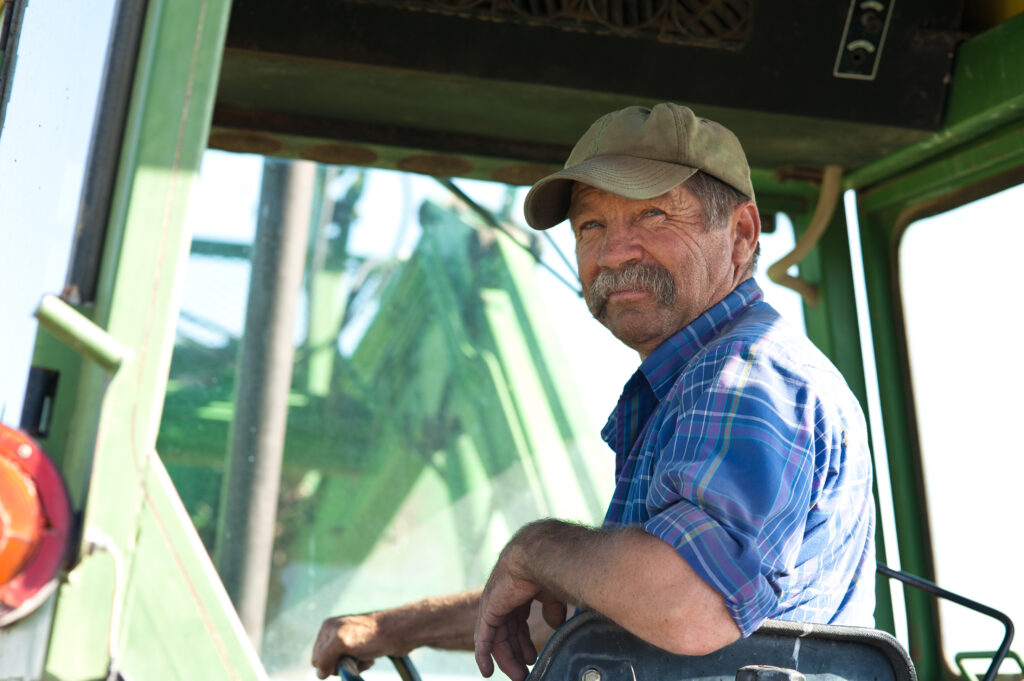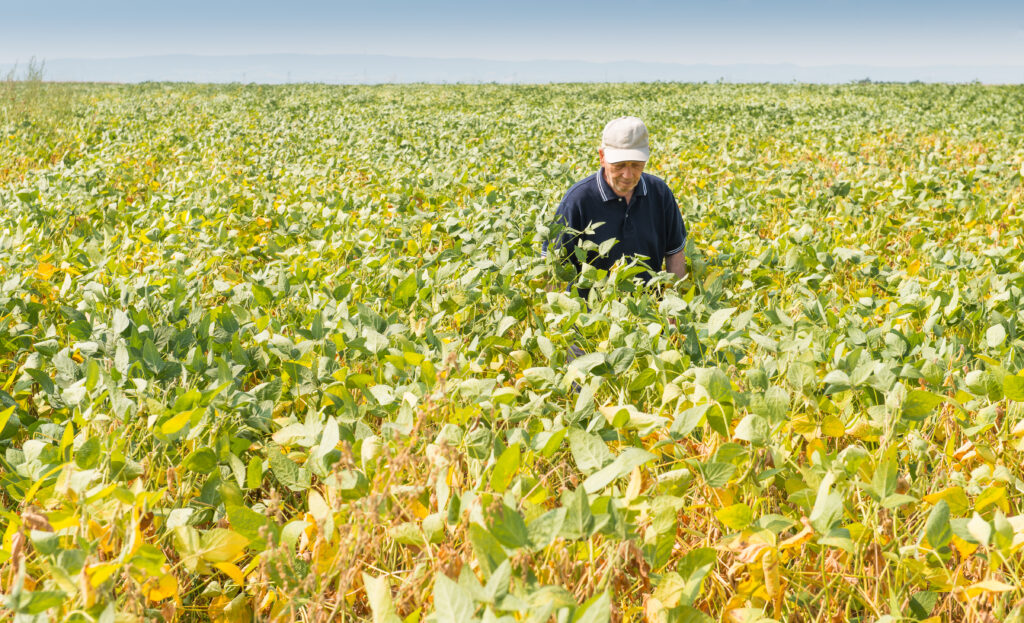While U.S. farm safety net programs were originally intended to keep farmers on their land to feed their communities, major corporations and the largest farming operations have taken advantage of these poorly targeted support programs for decades — and they’re gearing up to do it again in the next farm bill.
As Congress weighs potential changes to the law that sets agriculture policy, Senate Agriculture Committee Chairwoman Debbie Stabenow recently told Agri-Pulse that she expects new funding to be available to bolster the farm bill’s safety net programs. But we’re concerned about her plan for these funds: Stabenow also indicated she would consider using this funding to address complaints that Price Loss Coverage (PLC) reference prices aren’t high enough to account for increased operational expenses such as high input costs.
While Stabenow cited a “broad rallying cry” to raise reference prices, it is worth taking a closer look at who stands to benefit from this move. Increasing reference prices is another Big Ag scheme to get taxpayers to further subsidize corporate profiteering. It won’t actually benefit the farmers these programs are intended to support.
Reference Prices Explained
Reference prices determine when farm subsidies are triggered under programs like Price Loss Coverage (PLC). When market prices for covered commodities fall below a certain level (a reference price), PLC payments are sent to farmers to make up the difference. Increasing reference prices would more readily trigger PLC payments.
Because these programs are dominated by some of the largest farming operations in the country, this isn’t the lifeline that it may sound like for America’s farmers who need it the most. Payments are linked to production, so the largest producers get the lion’s share of the funding each year: In 2021, just 10 percent of farmers received more than 80 percent of all PLC payments.
While we fully support a safety net that protects farmers and allows them to weather difficult years, the farm bill’s funding is limited and must be carefully targeted. Increasing reference prices is an expensive and ineffective way to help the producers who need support the most.
Padding the Pockets of Corporate Shareholders
Increasing reference prices for PLC will only further enrich the monopolists who control the agricultural inputs, such as fertilizer, that many farmers depend on. Our research reveals that agricultural input suppliers already tie the price of their products to commodity prices received by farmers. This research suggests input suppliers set their prices based on the farmer’s ability to pay, rather than on market factors like supply and demand. This enables these large corporations to extract maximum profit out of the pockets of farmers, including increases in government payments.
A top U.S. nitrogen supplier admitted that “[v]ariations in grain prices (corn or wheat) explain approximately 50 percent of the variations in the urea [nitrogen] price, making grain prices one of the most important factors driving fertilizer prices.” Monopoly corporations will respond to an increase in reference prices by raising prices for their products, gobbling up precious farm bill dollars, and hurting farmers who are currently shut out of our farm safety net system with their artificially high input costs.
Helping the Big Get Bigger
Our farm subsidy programs like PLC have been hijacked by consolidated industrial agriculture interests to pad their bottom lines while small, mid-sized, and independent farms get left out to dry.
Most farm subsidies go to the largest operations, while farmers growing specialty crops, managing diverse operations, or working fewer acres find themselves unable to access the support they need to continue feeding their communities — and these farmers are going out of business. USDA data shows in recent decades the country lost a large portion of small to mid-sized farms, as farmland continues to consolidate among the largest farms.
We call it the “farm safety net,” but PLC is really just corporate welfare for industrial agriculture input suppliers. Increasing funding for PLC will only divert money away from other farm programs that can better support the farmers most in need.
Give Family Farmers a Hand Up
Increasing reference prices is not the solution to the current economic situation plaguing family farmers. Back in May, we sent a letter to Agriculture Committee Chair Stabenow and Ranking Member John Boozman urging them to reject proposals to increase reference prices. While we support efforts to improve and strengthen farm safety programs for all farmers, we cannot support increases in PLC reference prices that will ultimately be captured by just a few large corporations.
In order to help more of our family farmers, any additional funding for the farm safety net should be used to bolster programs for producers that are often excluded from farm protections — such as Whole Farm Revenue protection, which covers farms with specialty crops and organic commodities — and to provide more resources for new farmers and socially disadvantaged farmers.
And while additional funding for such programs would ease the burden on our producers, Congress still needs to address the real issue at hand: unprecedented monopoly power in agriculture input markets.
Written and edited by: Jessica Cusworth, Angela Huffman, Christian Lovell, Joe Maxwell, and Joe Van Wye.




